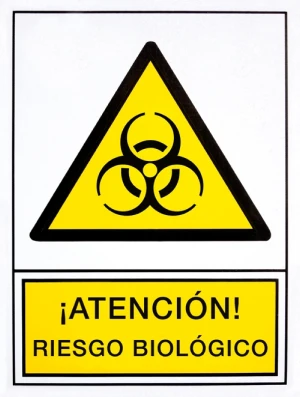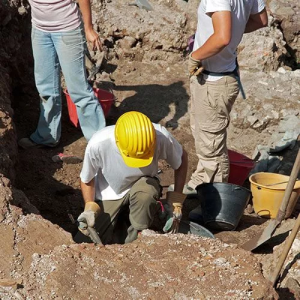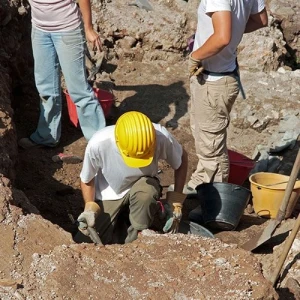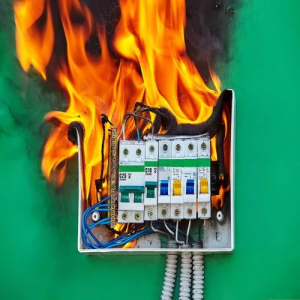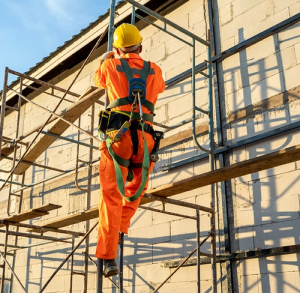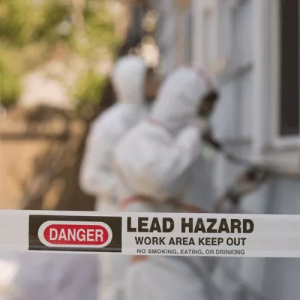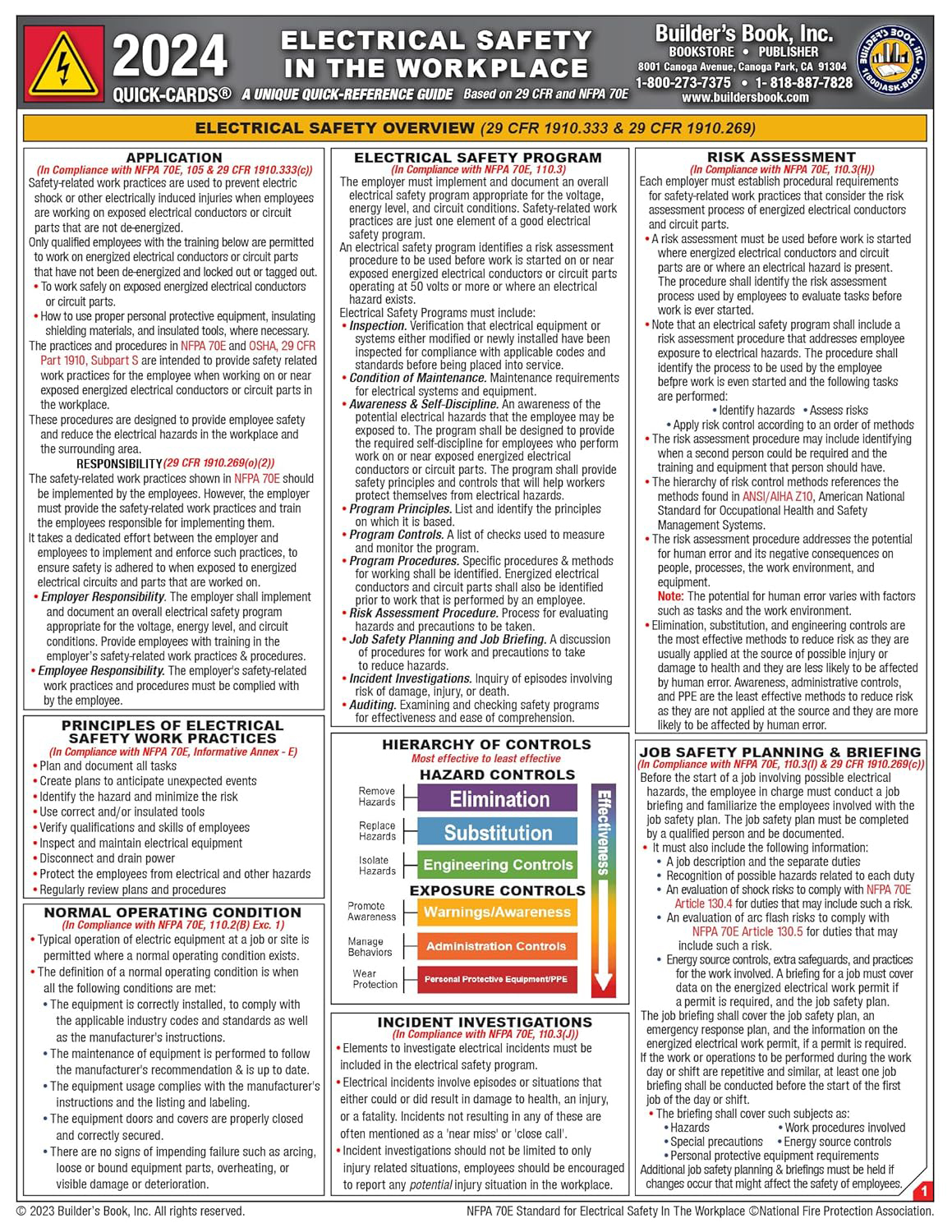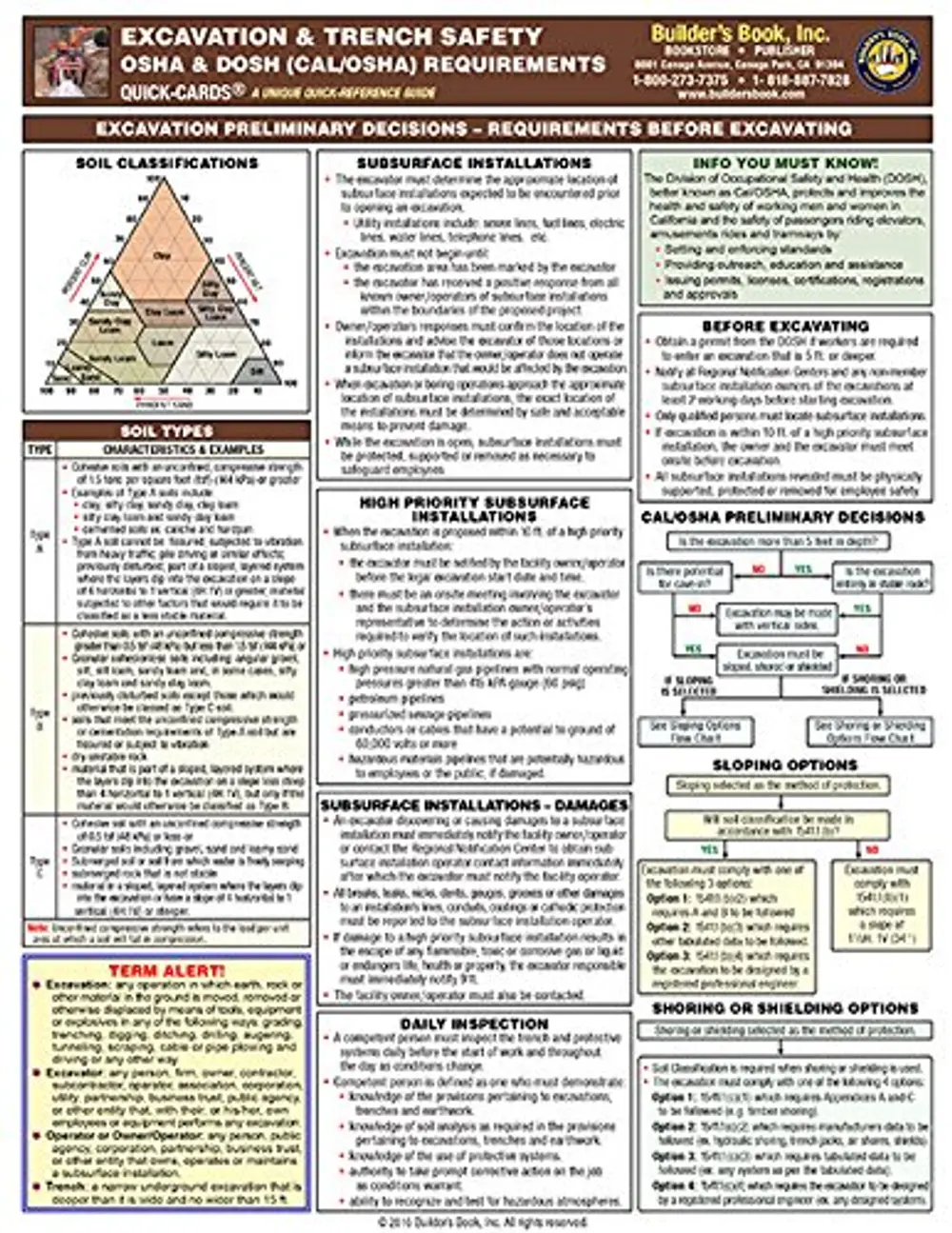OSHA 30-Hour Construction Industry Outreach Training with DOL Card
- In accordance with Federal OSHA Regulations 29 CFR 1926
- Learn on your own schedule, from any location, on any device
- Convenient, on-the-go course designed for mobile users
- Get your official certificate as soon as you’re done
- Engage with audio narration for on-the-go study
- Available as SCORM, on-demand online, virtual instructor-led, or in-person training
3.0
Bulk Buying
| Employee | Per Seat |
|---|---|
| 2-10 | $168.29 |
| 11-20 | $166.59 |
| 21-50 | $164.89 |
| 51-100 | $161.49 |
| 101-250 | $158.09 |
Gave me a good insight into all the dangers when working in construction, and the need for following safety practices.
It’s a long course but well worth it ! I think everyone working in construction should take this course.
I recently completed the 30-hour construction industry outreach training, and I couldn't be more impressed! As a small business owner in the construction industry, I was looking for a training program that would help me navigate the complexities of outreach and business development. This training exceeded my expectations in every way.
I took this course with a bit of skepticism, but I was pleasantly surprised by the quality of the instruction and the relevance of the material. As a construction manager, I've been in the industry for over a decade, but I still picked up some valuable insights and tips from this training.
Course Facts


Training Duration

Learning Type

Course Access Validity

Device Support





Certificate Validity
 alt="OSHA 30 Hour Construction Outreach Training Online"
alt="OSHA 30 Hour Construction Outreach Training Online"
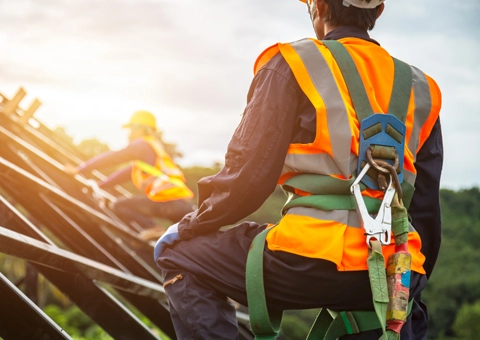



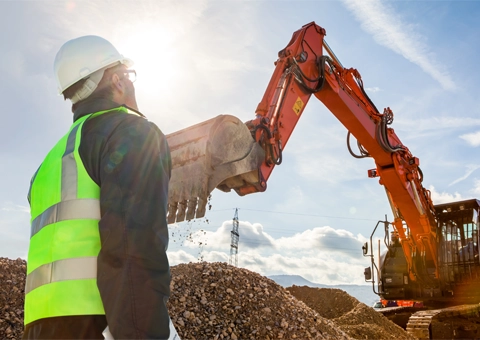
The OSHA 30 Hour Construction Industry Outreach Online Training course is designed for construction industry workers with safety-related job responsibilities. The purpose of this course is to provide such workers with a greater depth of understanding and knowledge of workplace safety and health hazards and best practices to prevent or minimize accidents and injuries at construction sites and to construction workers.
The OSHA 30 Hour Construction Industry Outreach Training Program will also provide information on what OSHA requires of you and your employees, including information about hazard communication, GHS, safety inspections, and recordkeeping.
This 30 Hour OSHA Outreach Training Program is voluntary, meaning, it does not meet the training requirements contained in any OSHA standard. However, some states and local jurisdictions, employers, and unions have designated OSHA Outreach Training as mandatory for workers to fulfill their desired safety training goals.
Participants who successfully complete this course will receive a completion card issued by the U.S. Department of Labor.
OSHA Outreach courses are provided in partnership with UL Pure Safety, an OSHA-authorized online Outreach Training provider.The core objective of the OSHA 30 Hour Construction Industry Outreach Training program is to provide workers who are responsible for or supervise safety practices to understand the hazards prevalent at a construction site with emphasis on how to identify these hazards and avoid, control, or prevent them.
Course Objectives
After completing the course, the learner will be able to:
- Explain the importance of OSHA in providing a safe and healthful workplace to workers covered by OSHA;
- Understand the need for a safety culture at the worksite;
- Understand the employer’s efforts in ensuring worker safety and health;
- Understand the inspection requirements as recommended by OSHA;
- Prepare recordkeeping in alignment with OSHA’s standards;
- Comprehend the process of job hazard analysis;
- Understand the safe use of heavy vehicles and loads;
- Recognize and prevent scaffolding hazards;
- Recognize the hazards of working in and around excavations and trenches;
- Recognize the safety and health controls and preventive measures required when using electrical, hand, and power tools and equipment common to construction sites;
- Identify, describe, protect against, and recognize employer’s requirements to protect workers from fall hazards, including slipping and tripping hazards;
- Identify electrical and electrocution hazards and understand how to prevent them;
- Identify, describe, protect against, and recognize employer’s requirements to protect workers from struck-by, caught-in, or caught -between hazards at construction sites;
- Identify methods of good housekeeping and the measures that may be implemented;
- Understand how to use ladders correctly and safely to avoid being injured;
- Identify and describe the difference between lockout/tagout procedures;
- Recognize the health and safety concerns related to welding, cutting, and brazing activities;
- Distinguish between aerial and scissor lifts;
- Understand the proper material handling, storage, and stacking processes that must be implemented;
- Understand crane and rigging safety practices;
- Identify preventive measures for ensuring fire safety;
- Comprehend some of the key elements of a hazard communication program;
- Appreciate the use of safety data sheets and how to use them;
- Understand the elements of preparing an emergency action plan;
- Understand what a confined space is and the hazards working in a confined space;
- Identify the health hazards associated with cold and heat stress;
- Identify and prevent the health hazards of exposure to asbestos, lead, silica, carbon monoxide, and hydrogen sulfide;
- Explain the hazards and protective measures associated with steel erection;
- Comprehend the role and responsibilities of a supervisor at a construction site; and
- Recognize the importance of receiving and giving feedback, and reporting on hazards
OSHA Competent Person for Excavation, Trenching, and Shoring Training Syllabus
This OSHA 30 Hour Construction Industry Outreach Training course consists of 22 modules and 92 lessons. Students are required to take each lesson in sequential order as listed below.
Introduction
Module 1: Introduction to OSHA
- Lesson 1: About OSHA
- Lesson 2: Office Safety
- Lesson 3: Rights and Responsibilities of Workers and Employers
Module 2: Reporting and Recordkeeping
- Lesson 4: Reporting and Incident Investigation
- Lesson 5: OSHA 300 Recordkeeping and Reporting
- Lesson 6: Managing Employee Medical and Hazard Exposure Records
Module 3: Managing Safety and Health
- Lesson 7: Pre-Job Briefing and Early Reporting
- Lesson 8: Hazard Prevention and Control
- Lesson 9: The What If Approach and Job Hazard Analysis
- Lesson 10: Inspections and Observations
- Lesson 11: OSHA Inspection Procedures
- Lesson 12: Continuous Improvement and Quality Management
Module 4: Workplace Safety Preparedness and Response
- Lesson 13: HAZWOPER First Responder Awareness
- Lesson 14: Egress and Emergency Action Plans
- Lesson 15: Safety Signs
- Lesson 16: Housekeeping Practices
- Lesson 17: Fire Protection
Module 5: OSHA Focus Four - Fall Hazards
- Lesson 18: Introduction to Fall Hazards
- Lesson 19: Types of Fall Hazards
- Lesson 20: Fall Protection Systems
- Lesson 21: Fall Protection and Employer Responsibilities
Module 6: OSHA Focus Four – Electrocution Hazards
- Lesson 22: Electrical and Electrocution Hazards
- Lesson 23: Types of Electrocution Hazards
- Lesson 24: Electrocution Hazards: Protection and Prevention
- Lesson 25: Electrocution Hazards: Employer and Employee Responsibilities
Module 7: OSHA Focus Four - Caught-In or-Between Hazards
- Lesson 26: Introduction to Caught-In or -Between Hazards
- Lesson 27: Caught-In or -Between Hazards: Protection and Prevention
Module 8: OSHA Focus Four - Struck-by Hazards
- Lesson 28: Introduction to Struck-by Hazards
- Lesson 29: Struck-By Hazards: Protection and Prevention
Module 9: Construction Site Safety and Hazard Awareness
- Lesson 30: Electrical Arc Flash Awareness
- Lesson 31: Effective Work Zone Management - Traffic Control and Night Operations
- Lesson 32: Blasting Area Awareness
- Lesson 33: Excavation and Trenching Safety
- Lesson 34: Blocking and Cribbing
- Lesson 35: Concrete and Masonry Safety
- Lesson 36: Confined Space Entry
Module 10: Health Hazards in Construction
- Lesson 37: Understanding the Risks: Health Hazards in Construction
- Lesson 38: Asbestos Awareness
- Lesson 39: Understanding Lead Hazards
- Lesson 40: Hazards of Crystalline Silica Exposure
- Lesson 41: Noise Control and Hearing Conservation
Module 11: OSHA Hazard Communication Program
- Lesson 42: Introduction to Hazard Communication
- Lesson 43: Hazard Classification
- Lesson 44: Chemical Labels and Safety Data Sheet
Module 12: Hazardous Chemicals Safety
- Lesson 45: Hexavalent Chromium Awareness
- Lesson 46: Corrosive Safety
- Lesson 47: Hydrogen Sulfide (H2S) Awareness
- Lesson 48: Carbon Monoxide Awareness
- Lesson 49: Flammable and Combustible Liquids
Module 13: Personal Protective Equipment and Respiratory Protection
- Lesson 50: Fundamentals of a PPE Program
- Lesson 51: Respiratory Protection
- Lesson 52: Particulate Filtering Facepiece Respirators
- Lesson 53: PPE for the Head, Eyes, Face and Ears
- Lesson 54: PPE for the Hands, feet, and Body
- Lesson 55: Chemical Protective Clothing
- Lesson 56: Electrical Protective Equipment
Module 14: Physical Hazards Awareness
- Lesson 57: Preventing Cuts and Puncture Wounds
- Lesson 58: Slips, Trips, and Falls
- Lesson 59: Hand, Wrist, and Finger Safety
- Lesson 60: Cold Stress
- Lesson 61: Heat Stress
Module 15: Welding, Cutting, and Brazing Safety
- Lesson 62: Hot Work Operations
- Lesson 63: Welding, Cutting, and Brazing Safety Awareness
- Lesson 64: Compressed Gas Cylinder Safety
Module 16: Steel Erection
- Lesson 65: OSHA Steel Erection Standards
- Lesson 66: Guidelines for Structural Steel Erection Safety
- Lesson 67: Steel Erection Hazards
Module 17: Ergonomic Hazards
- Lesson 68: Ergonomics in Construction
- Lesson 69: Controlling Ergonomic Hazards
- Lesson 70: Preventing Back Injury
Module 18: Safe Use of Machinery and Tools
- Lesson 71: Hand and Power Tool Safety
- Lesson 72: Health Hazards Associated with Hand and Power Tool
- Lesson 73: Safety in Specific Tool Categories of Hand and Power Tools
- Lesson 74: Machine Guarding
- Lesson 75: Controlling Hazardous Energy
- Lesson 76: Hydraulic Safety
Module 19: Stairway and Ladder Safety
- Lesson 77: Introduction to Ladder Safety
- Lesson 78: Setting-Up a Ladder
- Lesson 79: Ladder Inspection, Maintenance, and Safety Procedures
- Lesson 80: Stairway Safety
Module 20: Safety while Working at Heights
- Lesson 81: Mobile Elevated Work Platforms
- Lesson 82: Scaffold Safety Essentials
Module 21: Materials Handling Equipment
- Lesson 83: Rigging Principles
- Lesson 84: Hoists, Elevators and Conveyors
- Lesson 85: Material Handling, Storage and Disposal
Module 22: Safe Use of Construction Vehicles
- Lesson 86: Low Speed and Utility Vehicle Safety
- Lesson 87: Rough Terrain Forklift Safety
- Lesson 88: Cranes Operation and Safety
- Lesson 89: Derricks
- Lesson 90: Vehicle Inspections
- Lesson 91: Defensive Driving Small Vehicles
- Lesson 92: Distracted Driving
- Lesson 93: Driving in Extreme Weather Conditions
Final Examination
Frequently Asked Questions
This course does not cover any OSHA regulatory standards. It is a voluntary OSHA outreach training program for the construction industry and provides training for workers on the recognition, avoidance, abatement, and prevention of safety and health hazards in their workplace.
This training will help participants develop a general understanding of the OSHA 29 CFR 1926 standards to prevent construction-related injuries and accidents.
After enrolling for this course, you can complete the course on your own schedule and at your own pace. However, as per OSHA rules, after you launch this course for the first time, you must finish it, including the survey, within 6 months.
Please note that OSHA only allows for 7 ½ hours of training in a 24-hour period.
Yes, you can download a course completion certificate once you have successfully completed the course and scored 70% or higher on your final exam.
As this is an Outreach Training program, you will receive an OSHA 30 completion card issued by the U.S. Department of Labor on the successful completion of this course.
- Although the OSHA 30 Card does not expire, it is recommended to re-take the OSHA 30 Outreach training every 3-4 years to remain updated as OSHA changes/updates its regulations frequently.
- Some employers may have their own renewal requirements, so this may require you to re-take the course as per their specifications.
- Some states also require workers to re-take the OSHA 30 outreach training and renew their OSHA 30 Cards. So, personnel employed in these states must follow state renewal requirements for the OSHA 30 outreach training and the OSHA 30 Card. For instance, New York State requires construction industry personnel to renew their OSHA 30 outreach training every 5 years.
A replacement card can only be issued for a course taken within the last five years and only one replacement card may be issued per student per class.
To obtain a replacement OSHA 30 Card please email us at info@hazwoper-osha.com.
Frequently Purchased Together:
Total price:
$205.90
Choose Your Ideal Training Format:



Virtual Instructor-Led
$399.00/Seat (minimum 10 seats)

In-Person Group
$1,095.00/Seat (minimum 10 seats)
The ROI of Online Safety Training
Discover the value of our efficient alternative to live training, and calculate your return on investment.


Recommended Courses

For Corporate Orders and Inquiries please reach out to our sales team at (310) 498-0546
By signing up you agree to receive marketing emails.
Be assured we will never spam you!


